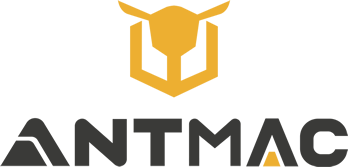A Guide to Cross-Border Adaptation of Aerial Work Equipment Amid Global Electrical Standard Differences
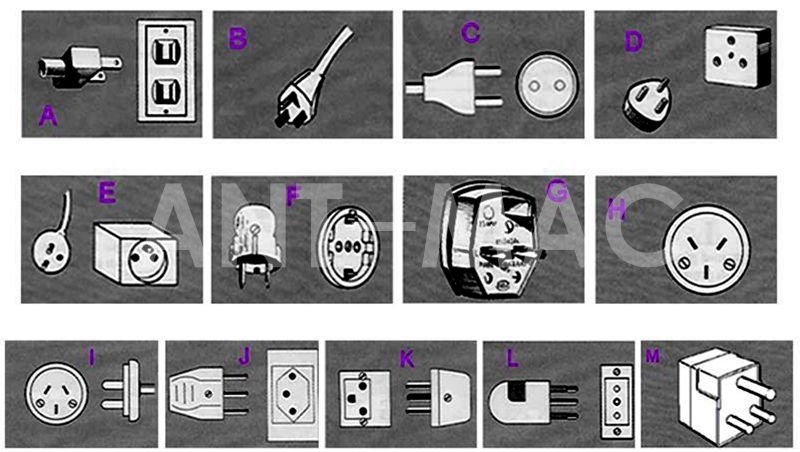
In the advancement of global infrastructure and industrial services, cross-border applications of equipment such as scissor lift platforms, telescopic boom aerial work platforms, aluminum alloy lifts, spider aerial work platforms, articulated boom lifts, towable articulating boom lifts, and articulating boom lifts are facing "invisible tests" from global electrical standards. From Type A flat plugs with 120V/60Hz in North America to Type C round plugs with 230V/50Hz in Europe, and even the "mixed" voltage and plug standards in Asia, every parameter difference may affect equipment performance. Mastering the connection between electrical standards and equipment adaptation has become key to the success of cross-border projects.
I. North America: Dominated by 120V/60Hz and Type A/B Plugs, Equipment Requires "Low-Voltage Adaptation"
The core North American markets (the United States and Canada) are based on 120V voltage and 60Hz frequency, with Type A (polarized two-pin flat plug) and Type B (grounded flat plug) as the mainstream plugs. This places clear requirements on the power systems of aerial equipment:
The hydraulic motors of scissor lift platforms platforms need to adapt to 60Hz frequency to avoid unstable lifting caused by abnormal rotation speed (e.g., in high-altitude inspections at U.S. warehouse and logistics centers, speed fluctuations may collide with shelves).
The slewing motors of Truck Mounted Boom Lift must be compatible with 120V low voltage, and power module optimization ensures slewing precision (e.g., in lighthouse maintenance at Canadian airports, preventing boom deviation and tower collisions).
Towable Articulating Boom Lifts, often used for outdoor mobile operations, must be equipped with standard Type B grounded plugs to prevent electric leakage in humid environments (e.g., in dome maintenance at U.S. stadiums, grounding protection reduces safety risks).
Some Central American regions (such as Dominica) show differences: 230V/50Hz with Type D three-pin round plugs require equipment to have "wide-voltage + multi-plug" switching capabilities to avoid electronic control system lock-up due to voltage mismatch.
II. Europe: Behind the Unification of 230V/50Hz, Plug Types Become "Adaptation Obstacles"
Most European countries have unified 230V voltage and 50Hz frequency, but regional differentiation in plug types still poses challenges:
Continental European countries such as Germany and France mainly use Type C (two-pin round plug) and Type F (grounded round plug). Spider crane need enhanced grounding design — a dual-sided grounding structure can avoid static interference with micro-actions of booms (e.g., in solar power plant installations in Germany, millimeter-level precision relies on stable grounding).
The United Kingdom and Commonwealth regions adhere to Type G three-pin square plugs, which are completely incompatible with continental round plugs. Telescopic Boom Aerial Work Platforms must be equipped with adapter plug modules to ensure quick power access during bridge maintenance projects in the UK.
Italy’s unique Type L pins require Aluminum Alloy Lifts to have customized charging interfaces — in scenarios such as booth setup at the Milan Convention Center, interface adaptation directly affects the efficiency of equipment being ready for use upon arrival.
III. Asia: Coexistence of Diverse Standards, Equipment Requires "Full-Scenario Compatibility"
Asia has the most prominent diversity in electrical standards, with obvious "regional characteristics" from voltage to plugs:
China and surrounding regions: Mainland China is dominated by 220V/50Hz and Type A flat plugs; Hong Kong uses Type D three-pin round plugs; Macau is adapted to Type G square plugs. Scissor lift platforms achieve seamless switching between domestic and foreign projects through "wide-voltage power supply (100-240V + replaceable plugs)" (e.g., in curtain wall renovation in the Guangdong-Hong Kong-Macau Greater Bay Area, one piece of equipment adapts to standards in three regions).
Japan: Features 100V voltage, 50/60Hz dual frequencies (50Hz in the east/60Hz in the west) with Type A/B plugs. Articulated boom lifts must have built-in frequency adaptive modules — in projects such as lamp replacement at Tokyo Skytree, the equipment can automatically identify frequencies to ensure boom extension/retraction precision.
India: Uses 240V/50Hz with a mix of Type C round plugs and Type D round plugs, and socket craftsmanship is inconsistent. Articulating boom lifts need anti-loosening plugs to avoid power supply interruptions caused by loose plugs at construction sites in New Delhi, ensuring safe boom recovery.
IV. Cross-Border Equipment Adaptation Solutions: From "Passive Response" to "Active Compatibility"
To address global differences in electrical standards, aerial work equipment needs to build systematic adaptation capabilities:
Power Supply Level: Standardize 100-240V wide-voltage and 50/60Hz dual-frequency adaptive systems to cover voltage ranges of mainstream markets (e.g., scissor platforms require no additional modifications in U.S., European, or Asian projects).
Plug Level: Develop quick-change plug modules to support fast switching between mainstream plugs such as Type A, B, C, and G (e.g., telescopic boom aerial work platforms can complete Type C to Type G plug conversion in 3 minutes during cross-border projects in Europe).
Safety Level: Strengthen grounding design for humid, dusty, and other scenarios — for example, spider aerial work platforms adopt "plug grounding strips + equipment shielding layers" for dual protection, adapting to the dual-sided grounding requirements of European Type C/F plugs.
Differences in global electrical standards essentially reflect regional technological evolution and safety regulations. For Aerial Work Equipment, every detail from voltage adaptation to plug compatibility represents cross-border competitiveness. Through the combined strategy of "wide-voltage design + multi-plug adaptation + safety redundancy," equipment can not only meet the electrical requirements of different markets but also lay a solid foundation for the efficient advancement of cross-border projects.
(Note: The electrical standards of China’s Hong Kong, Macau, and Taiwan regions are regional characteristics under the national unified framework. Relevant equipment adaptation solutions embody technological collaboration under "One Country, Two Systems," facilitating efficient linkage of regional infrastructure.)
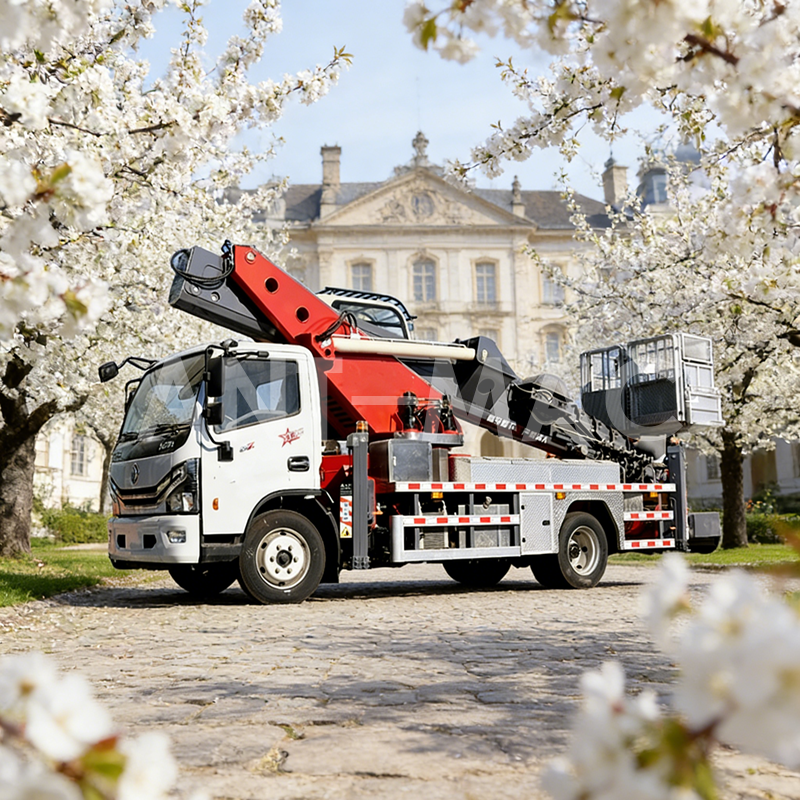 In-depth Analysis of Return on
In-depth Analysis of Return on
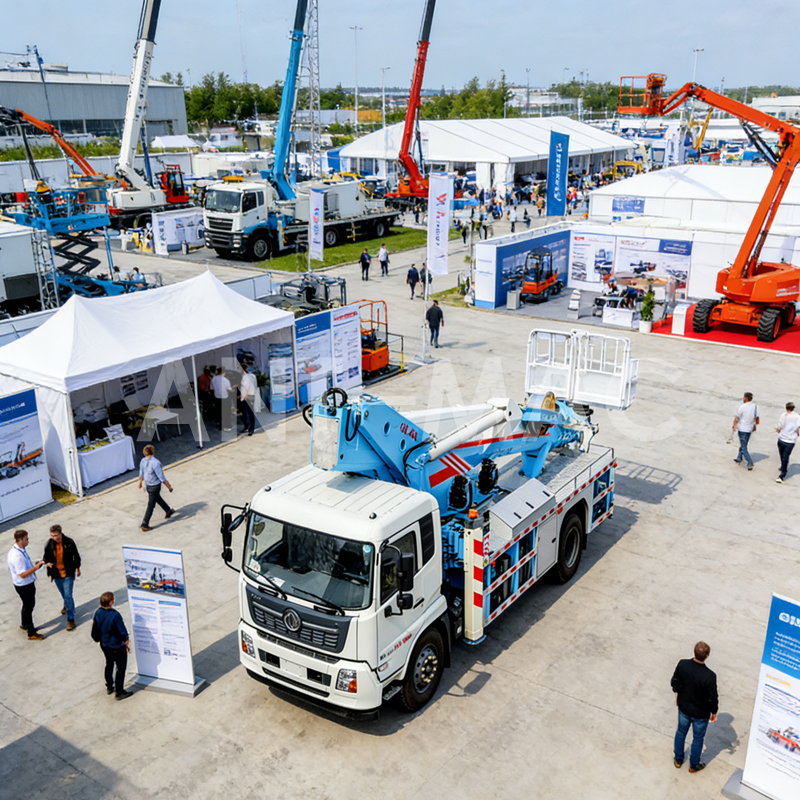 A Cost-Effectiveness Revolutio
A Cost-Effectiveness Revolutio
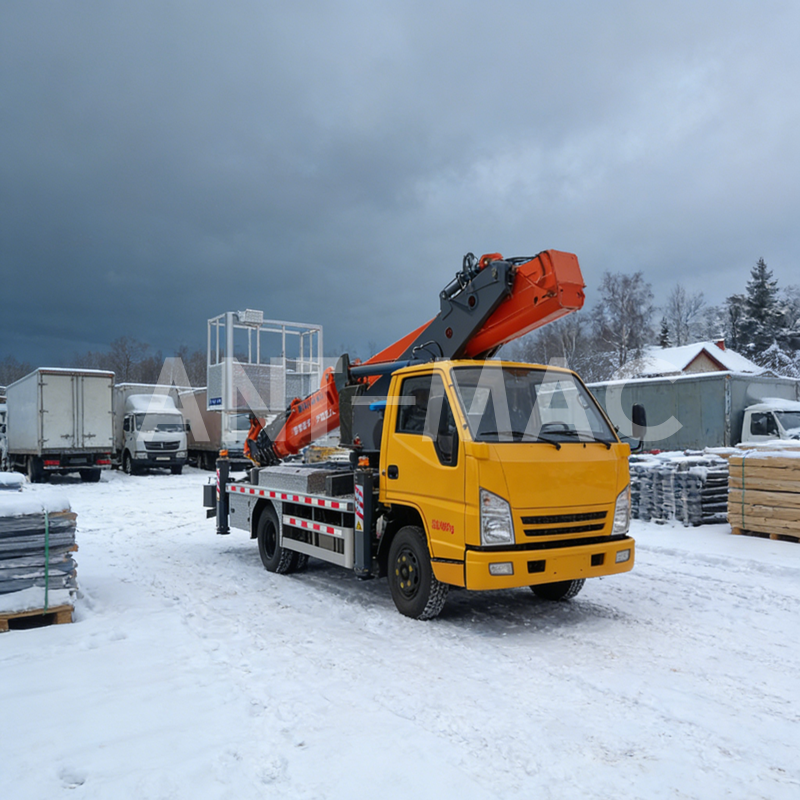 2026 Trend Insights: Four Core
2026 Trend Insights: Four Core
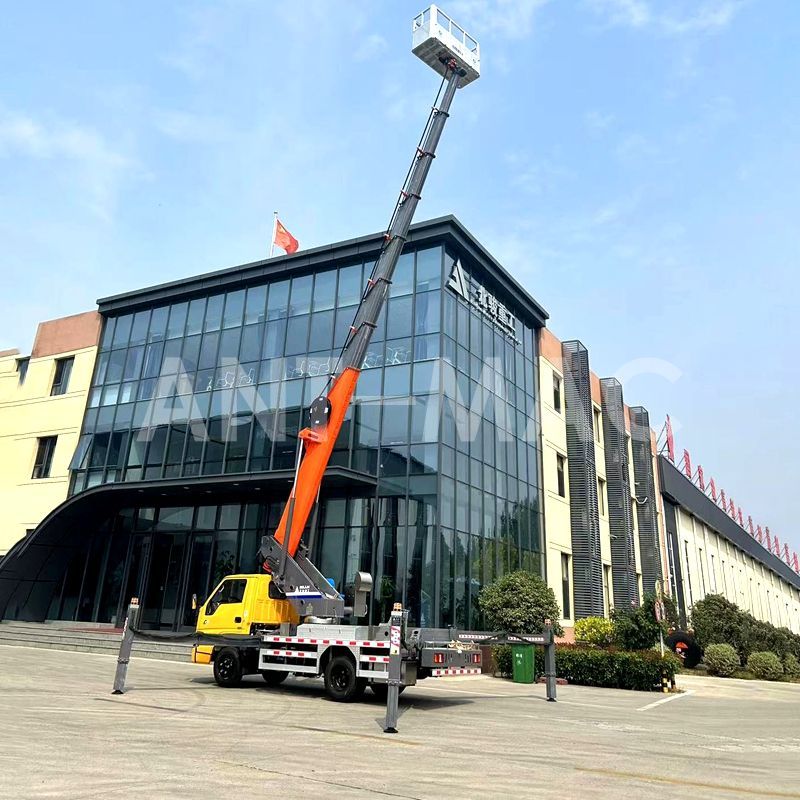 Five Criteria for Selecting Re
Five Criteria for Selecting Re
 Russian
Russian